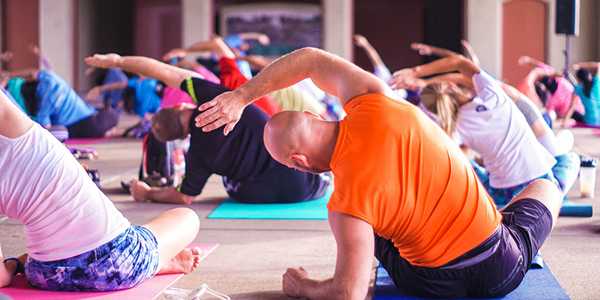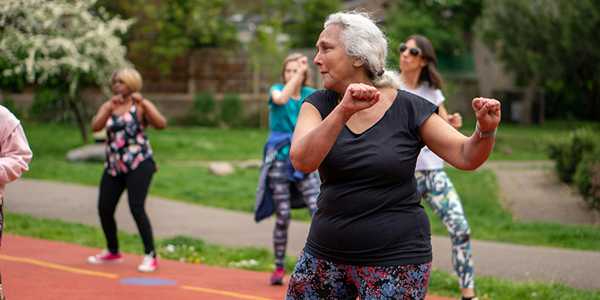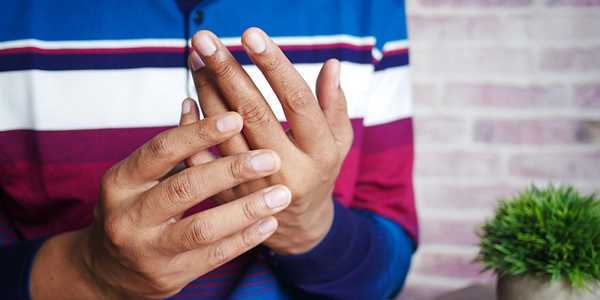Some things come with age that should not be ignored. Joint pain is one of them. Too many older adults sit in pain daily, thinking it is normal and that nothing can be done. Yet ignoring it can make simple activities feel like climbing a mountain. Joint pain does not just affect the body; it eats into peace of mind, sleep, and freedom.
Why Many Seniors Seek Natural Relief for Joint Pain
Pain is pain, whether in the knees, hips, hands, or back. And while doctors and hospitals have their place, many older adults want to know if there are natural ways to feel better without swallowing more pills every day. There are natural remedies that can help manage mild joint pain and bring some comfort, but they must be used with common sense and proper medical care when needed.
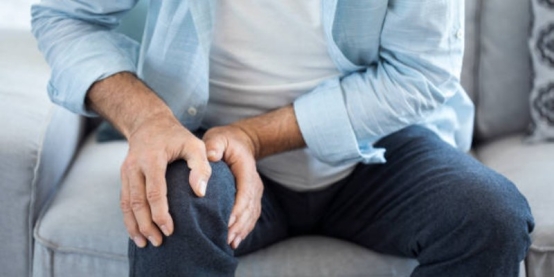
Moving Matters More Than Many Think
Movement can feel like a joke when joints hurt. However, refusing to move because it hurts can exacerbate the situation. Gentle daily exercise is one natural remedy many older adults overlook. Walking, stretching, swimming, and gentle Yoga help keep joints from becoming stiff, like frozen doors that never open.
Experts, such as the Arthritis Foundation, suggest that low-impact activities can help increase joint strength and alleviate pain over time. The body is built to move. Staying still for too long can make pain stronger and weaken muscles.
Watch the Weight
One truth people avoid is the link between body weight and joint pain. Extra weight means extra Stress on the knees and hips. Losing just a few pounds can lower the load on the joints more than some people think.
No crash diets. No skipping meals. Eating fresh vegetables, fruits, lean proteins, and healthy fats can help. Processed foods and sugary snacks add to inflammation, which means more pain. Natural foods can lower this hidden fire in the body. It is not magic, but it helps.
Heat and Cold Do Help
Many older adults swear by hot water bottles and ice packs, but few use them effectively. Heat can relax tight muscles and make stiff joints feel looser. Warm baths, heating pads, or warm towels can help loosen stiff joints in the morning.
Cold packs help reduce swelling and alleviate dull, sharp pain that occurs after prolonged walking or standing. Do not place ice directly on skin. Wrap it in a cloth for safety. Using heat and cold in turns can help the body feel balanced.
Turmeric and Ginger: Not Just for Cooking
Two kitchen spices — turmeric and ginger — have been trusted for years in many cultures to help with mild inflammation. Turmeric contains curcumin, which some studies suggest may help reduce inflammation in the joints. Ginger works similarly.
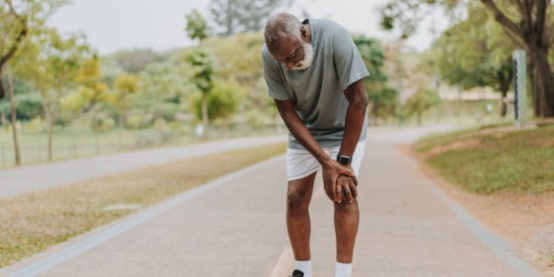
These spices can be added to meals, taken as tea, or used as supplements. However, it is essential to consult a healthcare provider before taking high doses or combining it with other medications. Nothing replaces proper medical advice.
Massage and Proper Rest
A good massage can feel like oil to rusty hinges. Gentle massage improves blood flow, eases stiffness, and helps the mind relax. Older adults should seek out trained therapists who are knowledgeable about working with ageing joints. Self-massage with warm oil can also bring comfort when done carefully.
Proper sleep is not to be taken lightly. Poor sleep can exacerbate joint pain. Soft pillows, warm blankets, and a calm environment all contribute to helping the body heal during sleep.
Herbal Oils and Natural Balms
Some older adults find comfort in herbal balms and oils. Eucalyptus oil, peppermint oil, or capsaicin creams may help alleviate pain when applied gently to sore areas. Again, these are not cures but can make daily pain feel lighter for some people. Always test a small spot first to avoid skin reactions.
Stay Hydrated
Water sounds too simple, but dehydration can cause joints to become dry and stiff. Older people sometimes forget to drink enough water daily. Herbal teas and fresh fruit water count too. Keeping joints well-oiled internally helps them function more efficiently externally.
Community and Support Matter Too
Joint pain can feel lonely. Some older adults do not speak up, pretending to be strong while they endure their suffering. Support groups, friends, and community centres can help people share tips and remind each other to stay active, eat well, and move.
According to the National Institute on Ageing, staying connected with people can boost motivation to stick to healthy routines. Feeling seen and heard does wonders for the mind, which often benefits the body as well.
When Natural Remedies Are Not Enough
Natural remedies can be helpful, but they should not be used as a replacement for consulting a doctor when pain persists. Sudden swelling, redness, or severe pain should not be ignored. Sometimes joint pain is a sign of arthritis or other conditions that need medical treatment.
Supplements and herbs can interact with medications or underlying health conditions. Talking with a trusted doctor is always wise before starting any new plan.

Balanced Diet for Stronger Bones
Calcium and Vitamin D help keep bones strong, which also benefits the joints. Dairy, leafy greens, fish, and sunlight help the body get what it needs. For some individuals, supplements may be beneficial, but only after consulting a healthcare professional.
Food is not just fuel. It can be medicine when chosen wisely. Eating less salt, sugar, and fried foods also helps reduce inflammation. Whole grains, nuts, and seeds add healthy oils that joints love.
Small Daily Habits Bring Big Results
Natural help for joint pain is not a one-day fix. Small changes made every day can add up to less pain and more freedom of movement. Exercise, good food, massage, herbal support, weight control, enough sleep, and staying social form a strong line of defence.
No single tip solves it all. Together, these choices protect the body from giving up too soon. Age brings wisdom. Let that wisdom be reflected in daily habits that prioritise joint health.
